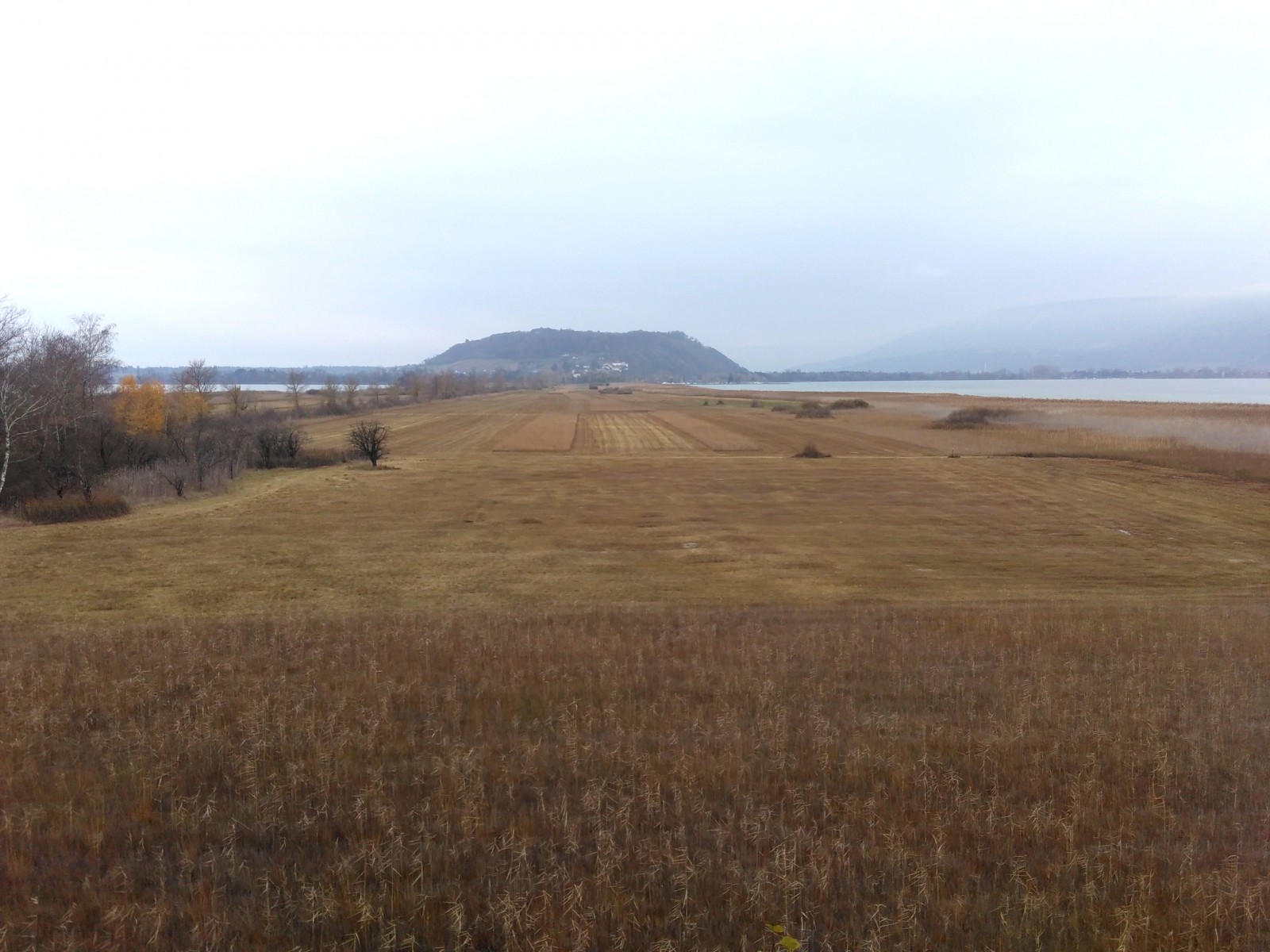Descrizione
Until 19th century hydrological works of the Jura correction, Petersinsel (St Peter's Island) was an island. But the lowering of the water level in Lake Biel disclosed a shallow area that connected the island to the mainland at Erlach (Cernier). This 5 km long and narrow alley converted the island into a peninsula and is now a protected area, part of the Grosses Moos Important Bird Area (IBA). A track leads to the former island through reedbeds and meadows. Halfway there is an observation tower with views over tyhe reedbeds and the lake.
In winter, the area is good for Albanella reale , Averla maggiore and Beccaccino . In spring, many species typical of reedbeds can be seen or heard: Salciaiola , Forapaglie macchiettato , Cannareccione , Tarabusino . Year round there are possibilities to see or hear Porciglione and Basettino . The lake around the peninsula is frequented by ducks and grebes including: Smergo maggiore , Svasso maggiore and Moretta tabaccata .
Dettagli
Accesso
In Erlach / Cernier there are several parking places (paying in summer, free in winter). There is a bus service to Ins (postauto B 521 52139 ) with train connections to Neuchatel and Bern.
Terreno e habitat
Zona umida , Canneti , LagoCaratteristiche dell’area
Terreno pianoPercorso ad anello
SiÈ utile un cannocchiale?
Può essere utileBuona stagione per il BW
Tutto l'annoMiglior periodo per visitare
Migrazione primaverile , Migrazione autunnalePercorso
Sentiero ampio , Strada sterrataGrado di difficoltà del percorso a piedi
FacileModalità di accesso
A piedi , Bicicletta , Sedia a rotelleCapanno/torretta di osservazione
SiInformazioni aggiuntive
In summer there is a restaurant in the former clunisian monastry is open and provides a nice stop.
Link
- 'Grosses Moos' plain and Niederried reservoir
- SBB (Swiss Railways)
- Postbus (bus connections and timetables)



